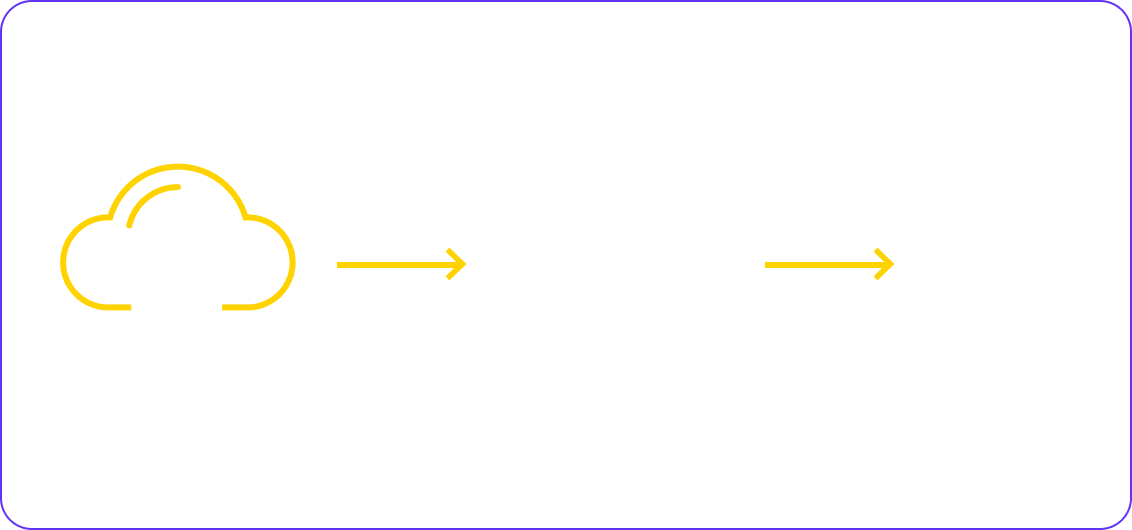Turn warehouse data into action-ready data
Provide
a 360° customer view
Unify siloed customer data from apps across your tech stack. Sync with your CRM to boost customer visibility and create better experiences.
Automate
manual work
Eliminate manual CSV pulls and imports easily. Banish human errors and automate operational processes.
Trigger
data-driven actions
Deliver insights to your productivity tools to enable immediate action. Push data into any REST API and close loops faster.
Get actionable insights faster

Activate your CRM data
Push enriched data to Salesforce and optimize the sales process.
Unify siloed customer, support, sales, product and marketing data in HubSpot to increase campaign conversions HubSpot.
Activate your BI tools
Trigger a data refresh in Tableau and consistently provide up-to-date dashboard reports.
Deliver the freshest insights for smarter decision-making.


Activate your communication apps
Push notifications to Slack to answer support tickets or internal queries faster.
Remove the workload and improve efficiencies by feeding users the insights they need to take action right away.

Ilanit Rapoport
Director of BI & Analysis
How it works
1
Define your target app (Salesforce, Tableau or any REST API) POST API request body expected format using variables.
2
Query your data warehouse source, like Snowflake or Databricks for the desired data to push to the target.
3
Map query result data points to the matching variables. Action the POST request to push the data to the target app.
See it in action
FAQ
Reverse ETL is the process of putting data to operational use. It enables users to access insights in their everyday systems and act on those insights right away.
Data activation is the concept of syncing data from your cloud data warehouse back to your business apps for operational use. Reverse ETL is the technical process, letting you transform your data, prep insights directly in the cloud data warehouse before it’s pushed directly into your operational tools. It provides the added-value of working and acting on accurate insights within your everyday systems.
The benefits of reverse ETL include:
- Operational analytics – Reverse ETL refers to the process of acquiring information that data teams need and integrating it into their workflows. It’s an amazing cost and time-saving method for making better business decisions with real-time data.
- Data automation – Managing data used to require a lot of manual work, but with reverse ETL, this is a thing of the past. For example, customer data about past purchases can be accessed and categorized within minutes.
- Customer personalization – As generic messages are not appreciated anymore, reversed ETL is the best way to enhance customer experience. It allows data pros to pull information about customers’ needs and wants and insert it into the targeted application.
Reverse ETL tools pull data from your cloud data warehouse or another repository, sending this data to third-party apps, built-in connectors and other integrations so teams across the organization can access the insights they need to improve performance, decision-making and replace low-value work with high-value work.
Sync data from your data warehouse to any app


